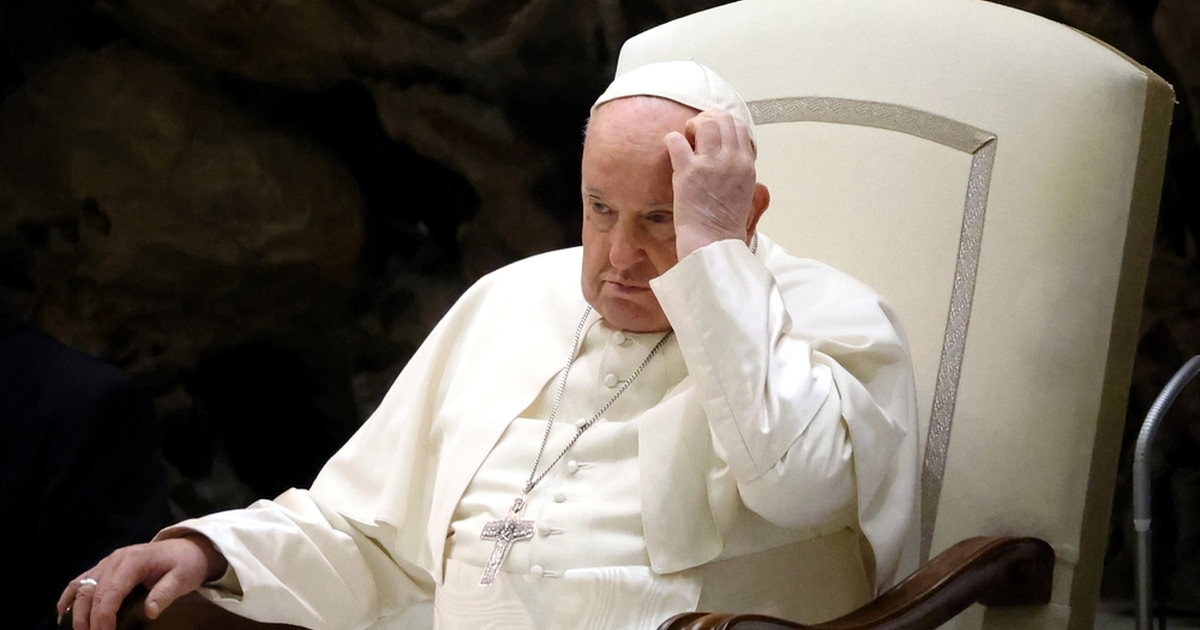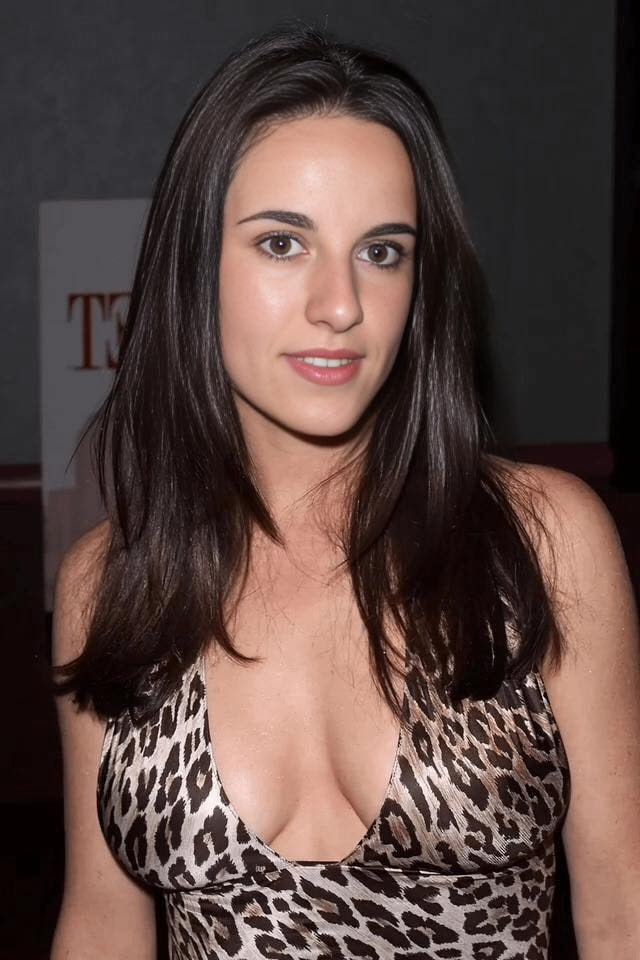How A Pope Is Chosen: A Detailed Look At The Conclave

Table of Contents
The Process Leading Up to the Conclave
The journey towards selecting a new Pope begins with the vacancy of the Holy See, triggered either by the death of the incumbent or, as seen in recent times, by his resignation. This event initiates a period known as sede vacante ("the vacant see"), a crucial interim stage during which the governance of the Catholic Church is temporarily managed. The College of Cardinals, composed of senior clergy appointed by the Pope, holds paramount importance in the selection process. These cardinals, chosen based on their faith, experience, and wisdom, are the sole electors in the papal conclave.
- Cardinal Electors: The number of cardinal electors is carefully defined, with age restrictions in place to ensure a balance between experience and vitality.
- The Camerlengo: During the sede vacante, the Camerlengo (Chamberlain) acts as the interim head of the Vatican, overseeing its administration and preparing for the conclave.
- Conclave Preparations: The logistical preparations for the conclave are extensive, involving the rigorous securing of the location and ensuring the smooth functioning of the election process. Strict security measures are implemented to maintain the secrecy and integrity of the proceedings.
Inside the Conclave: Secrecy and the Election Process
The conclave itself takes place in a carefully chosen and heavily secured location, traditionally within the Vatican. The cardinals are sequestered, cut off from the outside world, to ensure absolute secrecy and focus on the election. The process of voting involves the use of specially prepared ballots, with each vote meticulously scrutinized by appointed officials.
- The Voting Process: Secret ballots are cast, counted, and burned. White smoke signifies a valid election, while black smoke indicates a lack of consensus.
- Two-Thirds Majority: A two-thirds majority is required for a valid election. If no candidate reaches this threshold, the voting continues until a Pope is chosen.
- The Papal Master of Ceremonies: This crucial role ensures the smooth and orderly execution of the conclave's procedures, maintaining tradition and decorum.
- Prolonged Conclaves: History shows that conclaves can sometimes extend for days or even weeks, highlighting the challenge in reaching a consensus among the cardinal electors.
The Papal Election: Announcing the New Pope
The moment of election is electrifying. When a two-thirds majority is reached, the Papal Master of Ceremonies announces "Habemus Papam!" ("We have a Pope!"), signaling the start of a new era for the Catholic Church. The newly elected Pope then makes his first public appearance, usually from the balcony of St. Peter's Basilica, addressing the faithful gathered below.
- The Papal Name: The choice of the Pope's new name is significant, often reflecting his aspirations for his papacy.
- First Mass and Address: The new Pope's first Mass and address to the world set the tone for his pontificate.
- Challenges Ahead: The newly elected Pope faces many immediate challenges, from internal Church matters to global issues affecting billions of Catholics.
Historical Context and Evolution of Papal Elections
The methods of selecting a Pope have evolved significantly throughout history. Early methods were often far less structured and more susceptible to political influence. Over the centuries, reforms have been implemented to refine the process, emphasizing prayer, reflection, and a focus on choosing a leader guided by divine inspiration.
- Key Historical Conclaves: Examining past conclaves, including those marked by long deliberations or significant political maneuvering, provides valuable historical perspective on the ongoing evolution of this important process.
- Past vs. Present: Comparing the selection process across different historical periods highlights the changes in procedures and the evolving role of the College of Cardinals.
- Challenges and Controversies: Certain historical conclaves were marked by controversy, further illustrating the complexities and human dynamics inherent in the selection of a new Pope.
Understanding How a Pope is Chosen – A Conclave's Legacy
The selection of a new Pope, through the meticulous process of the conclave, is a pivotal event for the Catholic Church. The conclave ensures the continuity of the papacy and the ongoing leadership of the world's largest Christian denomination. The election's significance resonates deeply with Catholics worldwide, shaping their faith and providing a spiritual focal point. To delve deeper into the fascinating world of the papal election process, including the selection of a new Pope and the intricacies of the conclave, explore further resources such as the official Vatican website and insightful documentaries. Learning about how a Pope is chosen offers a deeper understanding of the historical and spiritual significance of the Catholic Church.

Featured Posts
-
 Ayesha And Steph Curry Marriage Takes Precedence
May 07, 2025
Ayesha And Steph Curry Marriage Takes Precedence
May 07, 2025 -
 Who Wants To Be A Millionaire Fan Outrage Player Wastes Lifelines On Simple Question Test Yourself
May 07, 2025
Who Wants To Be A Millionaire Fan Outrage Player Wastes Lifelines On Simple Question Test Yourself
May 07, 2025 -
 Rsmssb 2025 26 Exam Dates Announced Download The Official Calendar
May 07, 2025
Rsmssb 2025 26 Exam Dates Announced Download The Official Calendar
May 07, 2025 -
 Nba Playoffs Betting Warriors Vs Rockets Game Preview And Predictions
May 07, 2025
Nba Playoffs Betting Warriors Vs Rockets Game Preview And Predictions
May 07, 2025 -
 Ovechkins Pittsburgh Game The Story Behind The Lucky Sub And Cheetos
May 07, 2025
Ovechkins Pittsburgh Game The Story Behind The Lucky Sub And Cheetos
May 07, 2025
